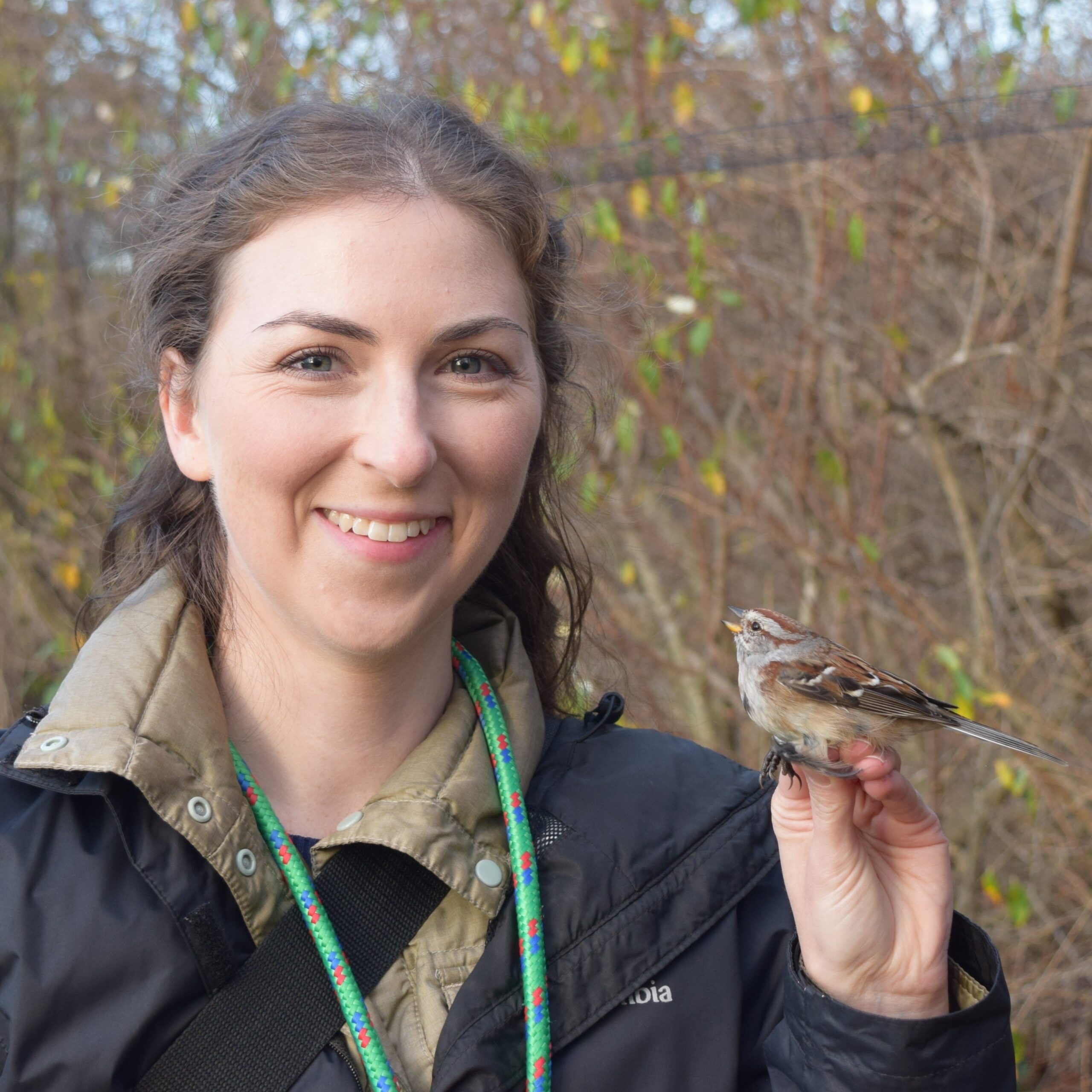
I am an Assistant Professor at Michigan State University. I am from rural Southeast Michigan, where corn and soy farms have caused landscapes to become increasingly fragmented. I always loved being outside but never really imagined a career in science and conservation growing up. My trajectory changed due to doing an internship in the Bird Department at The Toledo Zoo while earning my BS at Siena Heights University. Having found my passion for birds, I decided I wanted to go into conservation so did an MS at The Ohio State University where I began to see the landscapes I grew up in as not normal, but highly degraded and a threat to biodiversity. This led me to conduct a PhD at Washington State University where I focused on how biodiversity and its benefits to people are shaped by broader regions, landscapes, and smaller-scale farm management. My research program has broadened over time and includes aspects of avian biology and conservation, insect ecology, ecosystem services, crop production, and farmer wellbeing. I also conduct research on how to reduce inequities in science. Besides research, I enjoy walking around in nature, to find birds alone and with others, and enjoy making art.
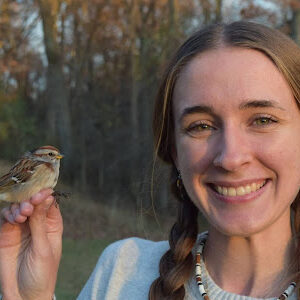
I am an undergraduate student from Lansing, Michigan studying Forestry and Fisheries & Wildlife. I have some research experience in sedge wren habitat and nesting site analysis, cavity-nesting bird survival and nesting success, as well as some experience in the tropics on carbon sequestration in cloud forests and plantations. My plan after graduation is to pursue a graduate degree in a topic that combines my interest in forest and habitat ecology with the biology and behavior of bird populations. I am an aspiring birder, but also enjoy many other hobbies like journaling, yoga, crochet, and baking.
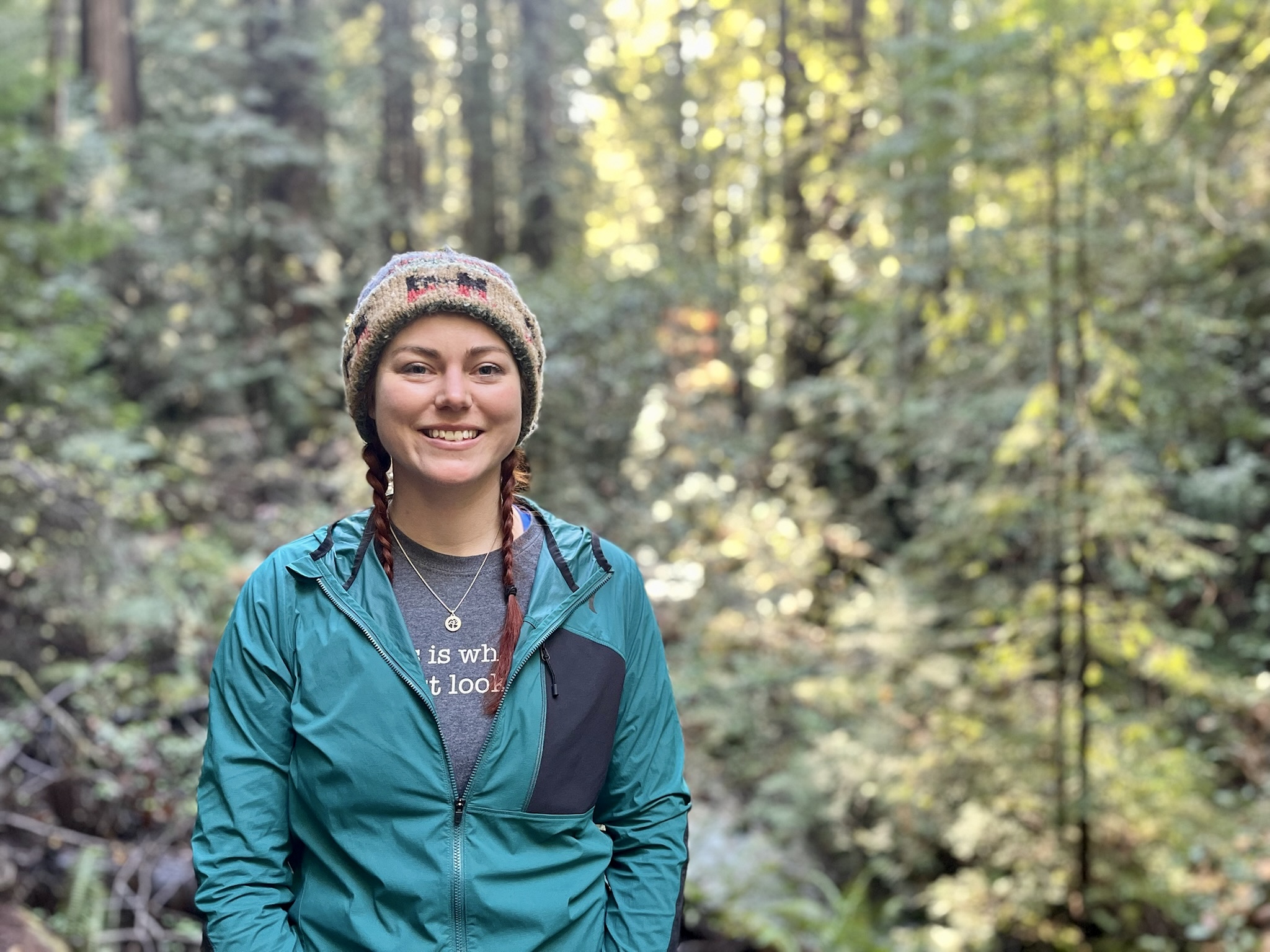
I am a postdoctoral researcher in the Smith BIRDS Lab at Michigan State University. I have long been interested in conserving native biodiversity within agricultural landscapes to benefit both people and the environment. I received my B.S. from Michigan Tech, where I studied forestry, wetland science, and ecology in the beautiful Upper Peninsula of Michigan. My interest in the human dimension of conservation took me to the Peace Corps in Malawi, Africa (2018-2020) where I assisted my community through sustainable agricultural practices, reforesting local areas, and after-school conservation clubs. I completed my PhD in Entomology at Michigan State University, with a dual degree in Ecology, Evolution and Behavior (EEB). In my research, I use both quantitative and qualitative approaches to study the effects of conservation-oriented and regenerative agriculture on arthropod and human communities. I apply my research to real-world problems by engaging with community partners to find practical, grassroots solutions and develop a trusting relationship between academic researchers and affected communities. In my spare time, I enjoy mountain biking, running, and cuddling my two rescue pups!
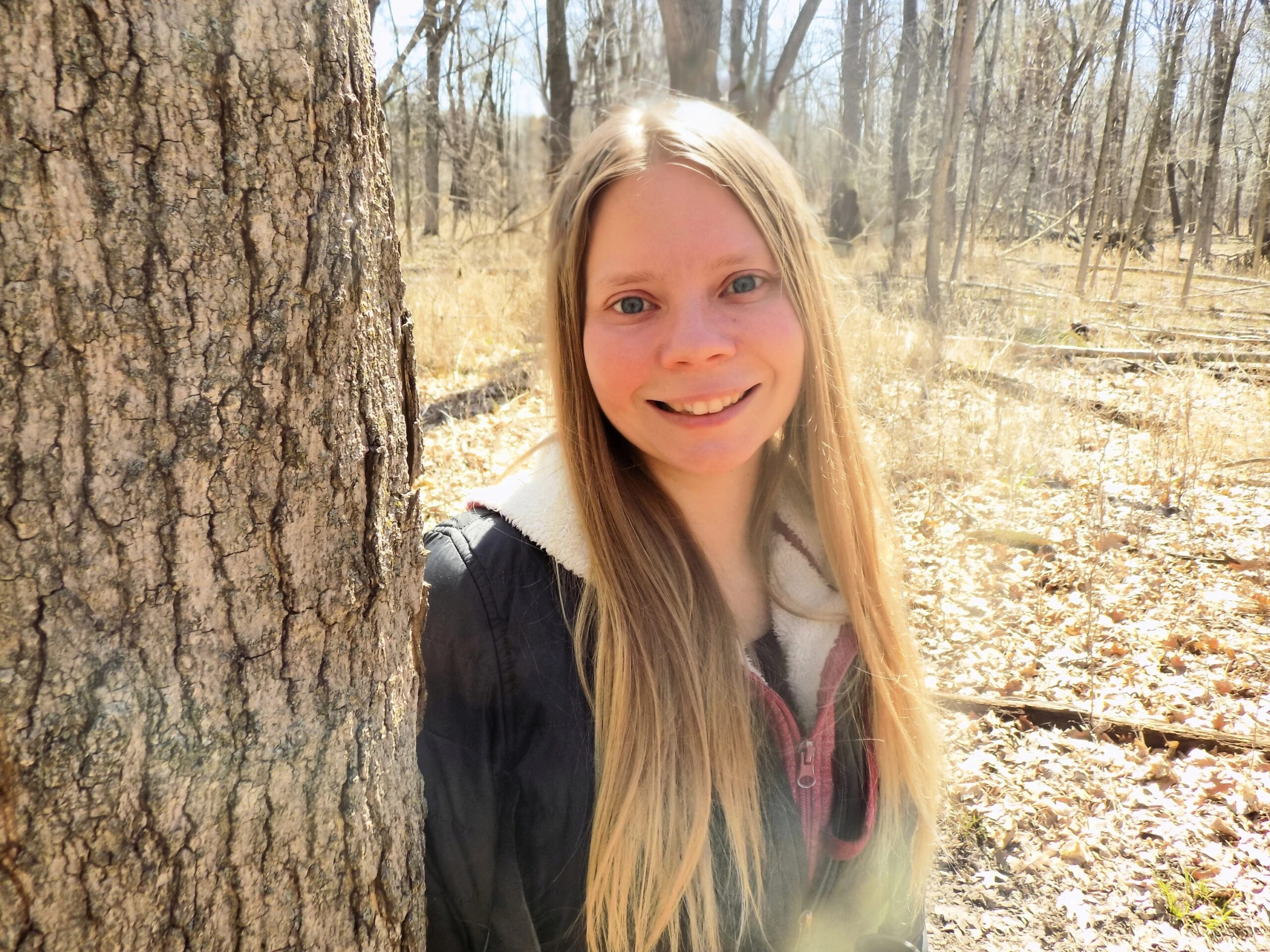
I have recently graduated from Michigan State University with a degree in Environmental Biology – Zoology. This fall, I will be starting a master’s program in Landscape Architecture at the University of Michigan. As urbanization continues to expand, it will be important to develop ways to coexist with wildlife and support biodiversity. My goal is to be able to design landscapes that are both beautiful and functional as habitat. I am passionate about birds, insects, and gardening. I also am a fur mom to two cats and two dogs.

I am a recent PhD graduate from the University of Tennessee and am excited to be joining the EEB community as a Presidential Postdoctoral Fellow working with both Dr. Smith and Dr. Brudvig. I am broadly interested in how ecological interactions, specifically mutualistic interactions between birds and mammals and tropical plants, shape tropical forest regeneration, and how restoration can be designed to promote both biodiversity and human livelihood. My research at MSU will involve working within an active restoration project in the Chocó Rainforest of northwest Ecuador with a community-led NGO, the Fundación para la Conservación de los Andes Tropicales (FCAT). We will be collaborating with FCAT to test how manipulating early successional vegetation will facilitate frugivore assembly of both birds and mammals, as well as resultant seed dispersal interactions. The active restoration project will also involve planting economically important species, such as Balsa, that can be harvested by local community members and serve as a sustainable source of income.
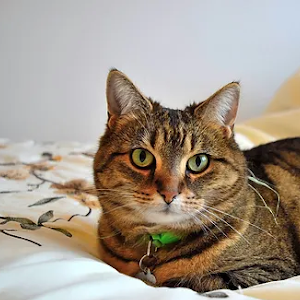
I am currently a research assistant and work from home. I specialize in predator-prey interactions, mostly by conducting my own research using my toys as prey models.
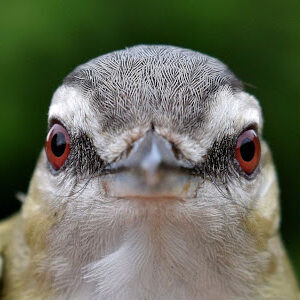
Join our growing, dynamic research team and contribute to groundbreaking discoveries at the forefront of conservation biology, sustainability research, and research on reducing inequities.
Our lab values the opportunity to help undergraduates gain research experience to help them achieve their career goals. We are currently recruiting one student to assist with our summer field work. As our lab grows, we will have more opportunities for undergraduate students to assist with ongoing lab projects and for them to develop projects on their own.
We highly recommend that MSU students interested in careers in ornithology apply for internships through the Michigan State Bird Observatory and Corey Marsh Ecological Research Center. These internships offer unparalleled opportunities for paid field research experience, and you can work with Dr. Smith there!
We can advise MS or PhD students through the Department of Horticulture at Michigan State University. Students can get a dual degree in Ecology, Evolution, and Behavior and/or a graduate specialization in Sustainable Agriculture and Food Systems.
If you’re interested in the lab, please send an email to Dr. Smith (smitho17@msu.edu) that includes:
– Your C.V.
– A description of what research questions interest you
– A summary of your prior experience as it pertains to the lab’s research
We receive inquiries from many, many more talented prospective students than we can take. Therefore, it is essential in an initial inquiry to Dr. Smith to make it clear why the lab is a good fit for you and why you’re a good fit for the lab.
Check out some of the excellent resources available to help you make your initial email to Dr. Smith successful. For example, see this blog, this blog, and this brief guide.
If we are not a good fit for you, we still want you to succeed! We recommend checking for funded graduate assistantships, such as those posted on the Texas A&M Jobs Board, Ornithology Exchange, ECOLOG, and Entomological Society of America jobs boards.
If you’re a soon-to-graduate student seeking a postdoc or an existing postdoc who is passionate about bird conservation, sustainable agriculture, and equity in science, we’d love to hear from you!
If you’re interested in inquiring about positions in the lab, please send an email to Olivia (smitho17@msu.edu) that includes:
– Your C.V.
– A description of what research questions interest you
– A summary of your prior experience as it pertains to the lab’s research
There is always less funding than talented people to hire. We believe that postdocs are experts in their fields and should have room to design projects that interest them. Therefore, we encourage postdocs to generate novel ideas to bring to the lab, and applying for your own funding is an excellent way to do so. Some options for funding that we have experience with are the USDA Postdoctoral Fellowship, typically due in summer/early fall, and the MSU Presidential Postdoctoral Fellowship in Ecology, Evolution, and Behavior, due in November.
Other possibilities for funding would be the NSF Postdoctoral Research Fellowship in Biology (PRFB), the Smith Fellowship, or others.
We will post any open positions that we have existing funding for on all of the major ecology jobs boards (e.g., ecoevojobs.net, Texas A&M Jobs Board, Ornithology Exchange, ECOLOG).